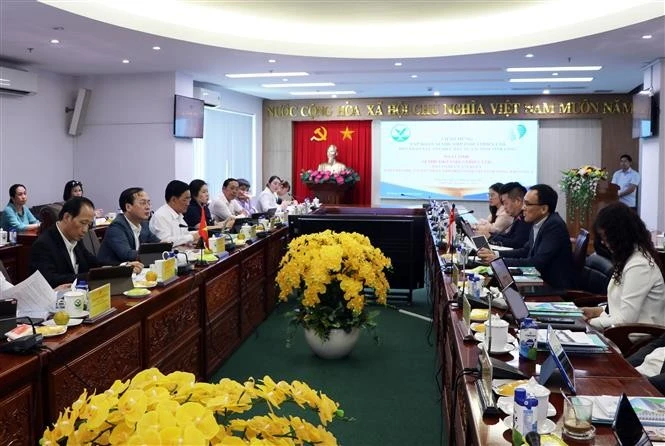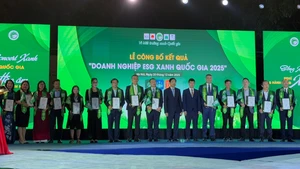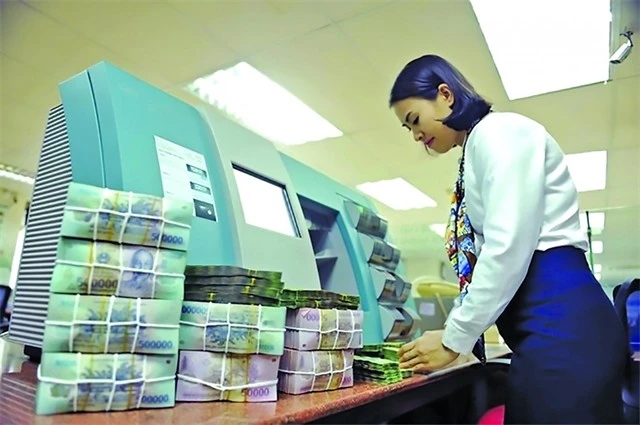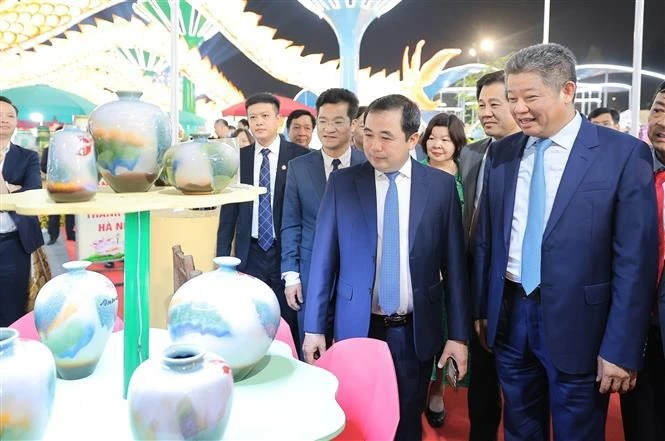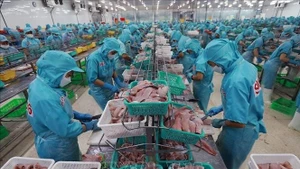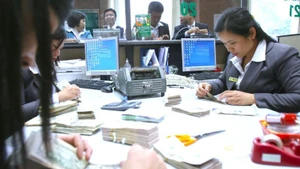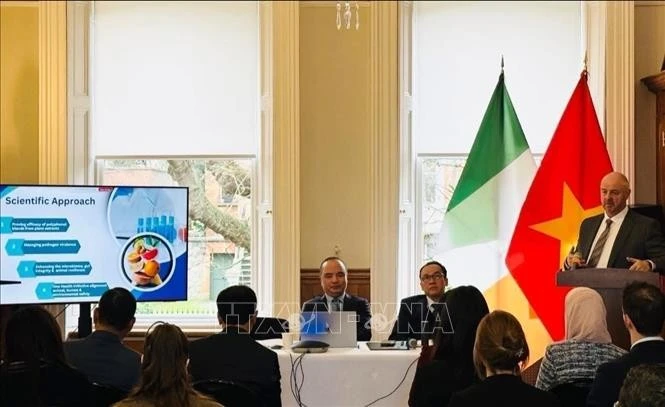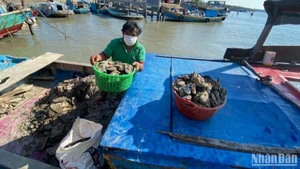According to the Vietnam Food Association, by the middle of last month, Vietnam earned nearly 115 million USD from exporting more than 226,000 tonnes of rice, an increase of over 41% in terms of both volume and value compared to the same period last year.
The country exported ST24 and ST25 rice to the Middle East region with a record-high price of 1,000 USD per tonne, doubling the price of normal white rice.
Vietnamese rice further penetrated demanding markets like Japan and the EU.
According to experts, more than 80% of rice varieties in Vietnam are fragrant high-quality rice, which is an important factor that helps increase Vietnamese rice's value and accessibility to markets.
This year’s rice prices are forecast to return its peak in 2019 thanks to periodical factors and increasing demand for rice reserves in countries, including such populous nations as China and India.
Moreover, Vietnamese rice exporters are taking advantage of free trade agreements.
Pham Thai Binh, General Director of Trung An Hi-tech Agriculture Joint Stocks Company, said that before the EU–Vietnam Free Trade Agreement (EVFTA) took effect, Vietnamese rice exported to the EU was taxed at high rates, from 5% to 45%, depending on countries.
As the result, it was difficult for Vietnamese rice to compete with those from Cambodia and Myanmar as the EU has exempted import taxes for those countries.
Meanwhile, although Thailand’s rice is heavily taxed but its branding is strong and long-lasting, resulting in its high competitiveness, Binh said.
According to analysts from BIDV Securities Company (BSC), unfavourable weather conditions make major rice exporters like India and Pakistan reduce export volumes while major rice importers like China increase imports.
Vietnam and Thailand are expected to hold negotiations to discuss rising rice prices in the context of increasing prices of input materials.
Last year, Vietnam exported nearly 7.2 tonnes of rice, gaining 3.49 billion USD.


